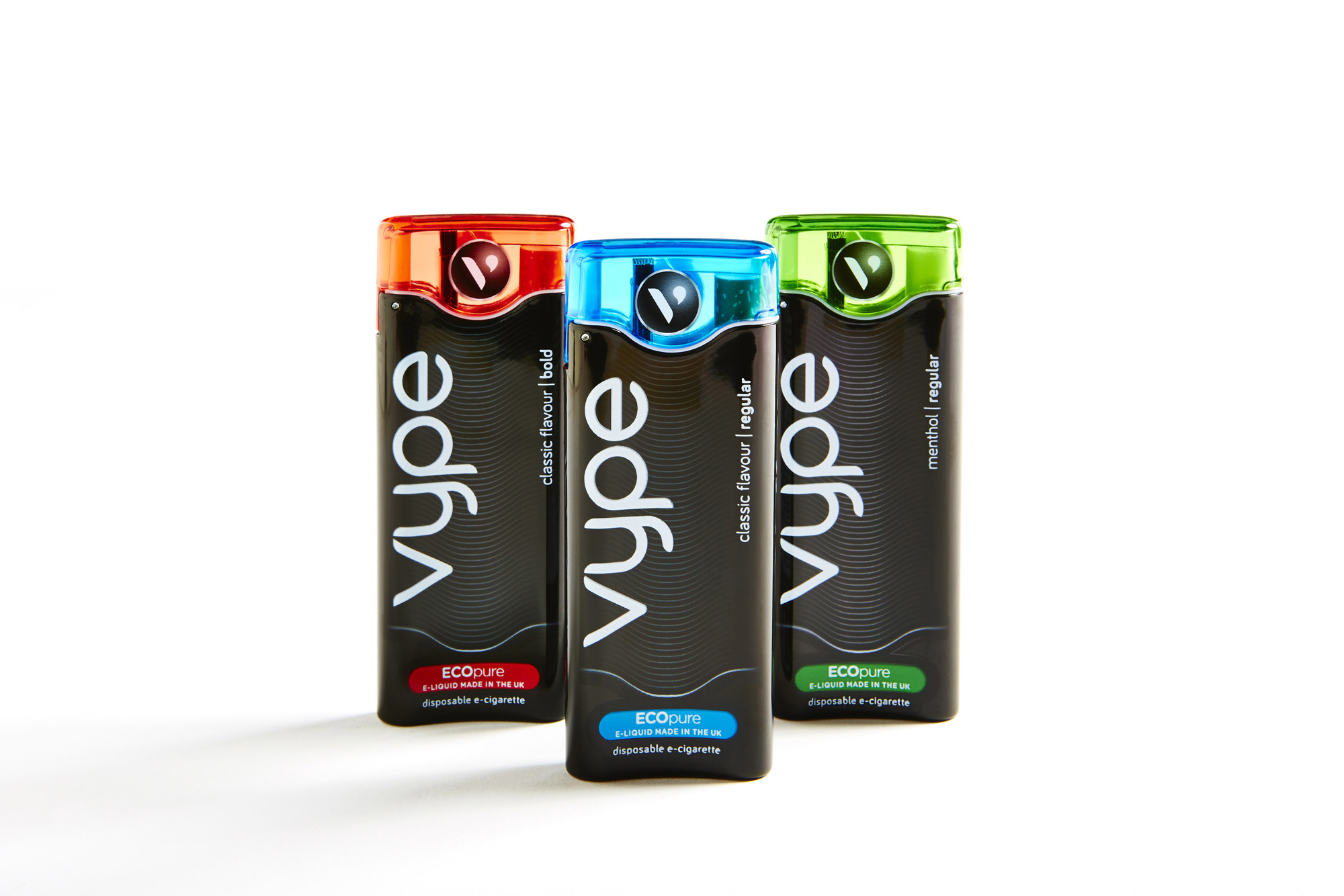FRANKFURT, Germany — Not all cigarette butts are trash.
At a Philip Morris International lab on a Swiss lake, researcher Bertrand Bonvin insists the butts of the Marlboro maker’s next-generation tobacco products be burned after testing, lest the proprietary technology in them sneak out.
Despite the growing popularity of e-cigarettes, Bonvin and his peers at the biggest tobacco companies are still looking for their holy grail: a product that will hook nicotine-craving smokers like conventional cigarettes, without the health downfalls. Such an item could reignite stocks in the $760 billion industry, which have stagnated over the past 12 months amid falling sales and increased restrictions on smoking.
“The problem with cigarettes is the way nicotine is delivered, and all the by-products of burning tobacco,” said Bonvin, the company’s head of research. “There is a space for e-cigarettes, but there are concerns about quality and the lack of regulation.”
Battery powered e-cigarettes deliver vaporized nicotine and light up when puffed; the process is called “vaping.” The newer devices that Bonvin is working on are the result of years of research in labs like PMI’s facility, and show how far tobacco technology has come since previous attempts at so-called “harm-reduction” devices flopped.
PMI, the world’s largest publicly traded tobacco company, is putting tobacco in its new product to satisfy smokers’ cravings for the taste of a conventional cigarette like the Marlboro man cowboy used to smoke.
The device Bonvin puffs in the lab looks like a hollowed- out fountain pen. A custom-built cigarette is inserted and its tobacco is heated to generate a smoking aerosol. The temperature is “significantly below” what’s generated by a traditional cigarette, which burns tobacco, PMI has said.
While that lessens the health risk, Bonvin says the device still “needs to mimic as closely as possible a cigarette, both in taste, nicotine delivery and behavioral experience.”
Competitors are taking other routes. British American Tobacco, Europe’s biggest player, is using an aerosol technology found in asthma inhalers. Both companies say their products aren’t intended to help smokers quit; rather, they promise to deliver a safer, more satisfying experience than the current crop of e-cigarettes.
“Our observation is that while many smokers try e- cigarettes they don’t necessarily stick with them,” said Paul Triniman, chief executive officer at Kind Consumer, a London-based company backed by former Tesco Plc CEO Terry Leahy that has licensed its product to Nicoventures, a unit of BAT. “E- cigarettes are not particularly effective at delivering nicotine.”
And they haven’t yet given tobacco stocks a jolt. After rising nearly fourfold between 2002 and 2012, the MSCI World Tobacco index has risen about 0.6 percent over past 12 months, compared with a 16 percent gain for the MSCI World Index.
E-cigarettes have taken the market by storm, with worldwide sales approaching $2 billion this year and topping $10 billion by 2017, according to Wells Fargo & Co. But their unregulated status has allowed entrepreneurs to buy them cheaply from China and resell them to create a “Wild West” environment, according to Exane BNP Paribas analyst James Bushnell.
E-cigarettes are the “biggest potential threat and opportunity the industry has had for a long time,” he says. “The only thing that’s fundamentally changed in cigarettes since the 1960s is that they put a filter in.”
Both companies are investing in e-cigarettes. BAT has introduced its own e-cigarette brand, called Vype, and PMI has two other technologies in earlier stages of development. But both want to move beyond that technology with their devices.
BAT’s other product, dubbed Voke and presented to investors in early September, promises to deliver cold aerosolized nicotine via a patented breath-operated valve nearly as fast as the six to 12 seconds it takes for a conventional cigarette.
The device comes in two parts, housed in a case that looks like a cigarette pack. Users dip a cigarette-shaped stick into an aerosol canister to load it up with nicotine and they are ready to puff. Its creator is Alex Hearn, an asthmatic Oxford graduate and former smoker who first started work on it in 2001 and has gone through over 800 prototypes. Voke is currently awaiting a license from British health regulators and would go on sale in Britain next year, pending approval.
In Britain, unlike the U.S., devices like Voke will be regulated as medicines from 2016, which will require manufacturers to present data on the quality of their products, how they deliver nicotine to the body and how they compare with nicotine-replacement products like patches and gums. The European Parliament this month rejected a similar proposal, opting instead to apply rules on general product safety.
Faulty e-cigarettes have been known to explode, causing second-degree face burns, British health regulators said in June, and policymakers from Washington to Brussels are now trying to assess and standardize their safety. The clampdown will force many e-cigarette companies out of business as they lack the resources to abide by the new rules, leaving the market to the big tobacco companies, according to Iwona Mamczur, an analyst at research company Mintel.
Decades of domination has left them with deep pockets to finance research. PMI last year alone spent $250 million on developing reduced risk products, and will shell out as much as $810 million to build one or two factories to produce them. The company currently has three systems in development, the first of which could debut as early as 2016, depending on the completion of clinical trials.
Investors don’t want a repeat of famous flops like Premier, a heated-tobacco cigarette unveiled in 1988. Its maker, now called Reynolds American Inc., dropped it within a year amid widespread complaints about its taste and aroma. PMI’s Heatbar product, based on a similar method, was scrapped about five years ago as consumers found it too bulky.
Tobacco makers have learned those lessons, says Berenberg Bank analyst Erik Bloomquist. While it’s too early to say which next-generation device will win, he says, “I don’t think the incumbents will be unseated.”



